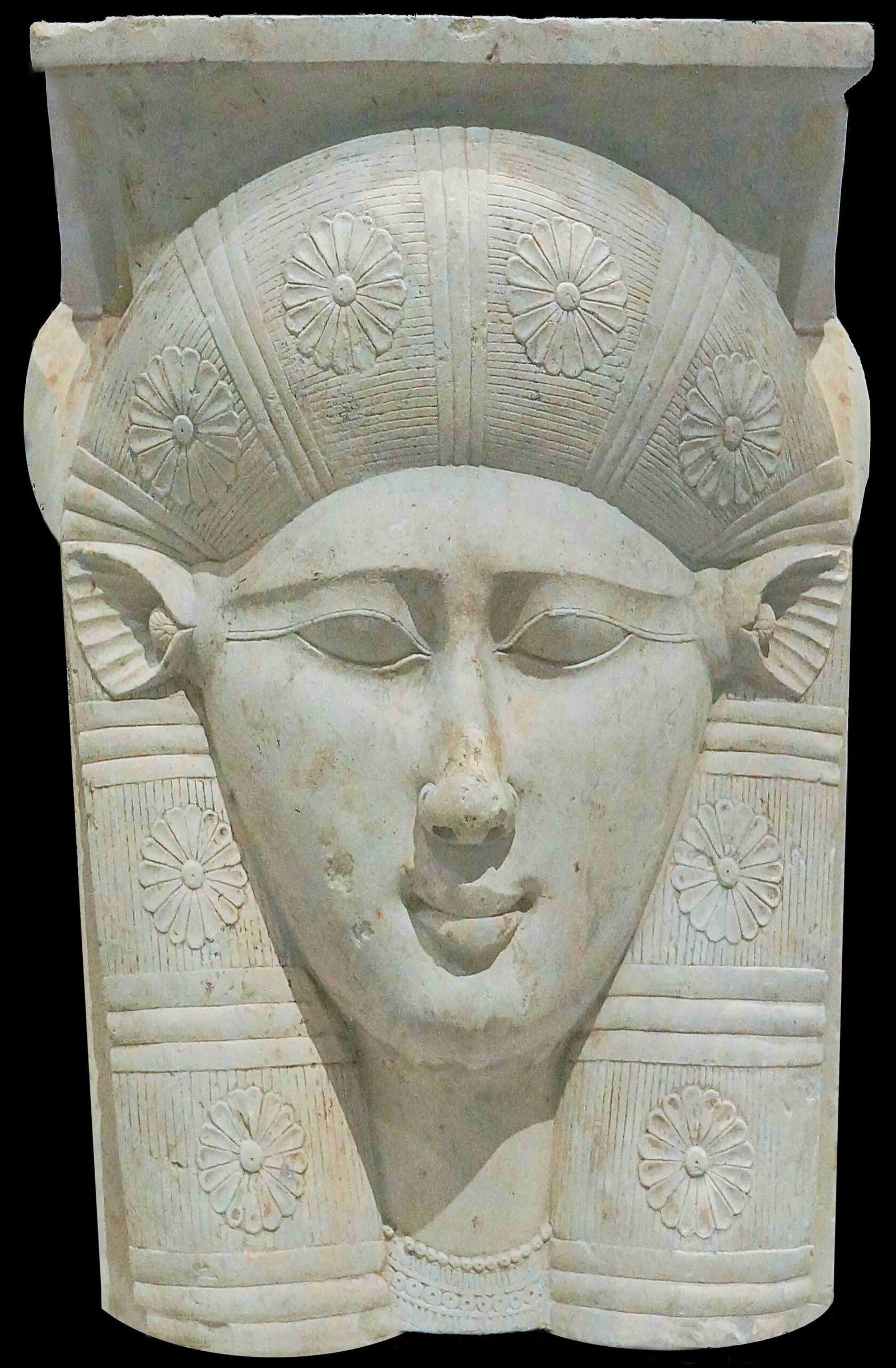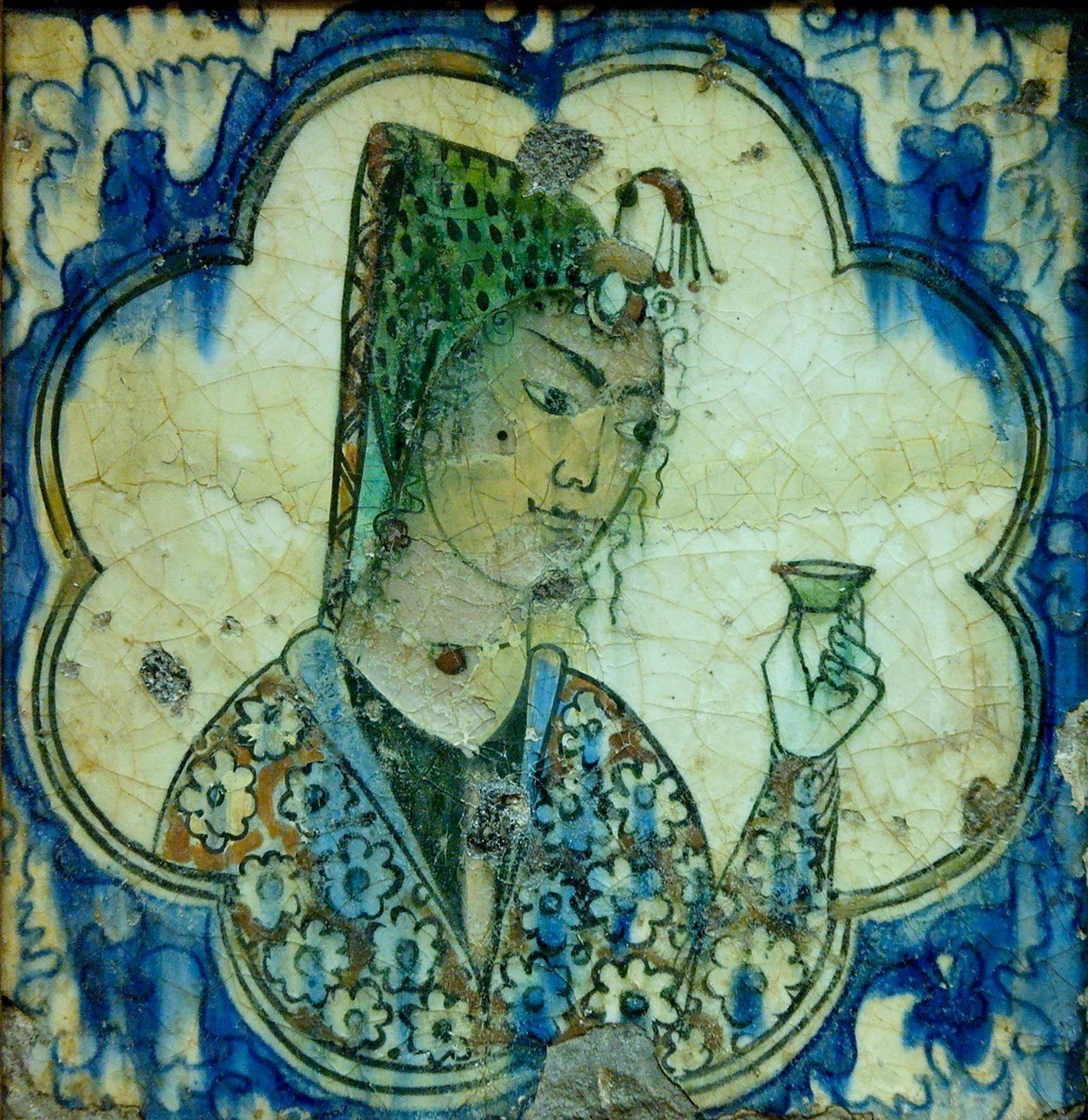The Louvre Museum, while primarily known for its vast collection of classical art, also houses a small but significant collection of Impressionist paintings. Despite the majority of Impressionist works being transferred to the Musée d’Orsay in 1986, the Louvre still retains several notable pieces from this revolutionary art movement. These works, including pieces by Claude Monet, Pierre-Auguste Renoir, and other prominent Impressionist artists, offer visitors a unique glimpse into the early stages of modern art within the context of the world’s largest art museum.
What Impressionist Paintings Can You Find at the Louvre?

The Louvre’s Impressionist collection, though not as extensive as that of the Musée d’Orsay, includes several notable works:
- Claude Monet’s “Glaçons à Bougival” (Ice Floes at Bougival)
- Two other Monet paintings from the Hélène and Victor Lyon donation
- Works by Pierre-Auguste Renoir
- Paintings by Alfred Sisley
- Pieces by Edgar Degas
- Artworks from other Impressionists such as Jongkind, Boudin, Cézanne, Pissarro, and Toulouse-Lautrec
The most prominent of these is Monet’s “Glaçons à Bougival,” which can be found in room 903, Aile Sully level 2. This painting is a prime example of Monet’s mastery in capturing light and atmosphere, depicting ice floes on the Seine River near the town of Bougival.
Where Are the Impressionist Paintings Located Within the Louvre?

While the exact locations of all Impressionist paintings are not specified, we do know that Monet’s “Glaçons à Bougival” is displayed in room 903, Aile Sully level 2. The other Impressionist works are likely to be found in nearby rooms or within the same wing. It’s always a good idea to check with the museum staff or consult a current museum map for the most up-to-date information on artwork locations.
How Does the Louvre’s Impressionist Collection Compare to Other Museums?
The Louvre’s Impressionist collection, while significant, is not as extensive as some other museums:
| Museum | Impressionist Collection Size | Notable Features |
|---|---|---|
| Louvre | Small but significant | Houses Monet’s “Glaçons à Bougival” |
| Musée d’Orsay | Extensive | Largest collection of Impressionist masterpieces |
| Metropolitan Museum of Art | Large | Diverse collection including American Impressionists |
| National Gallery, London | Substantial | Strong focus on French Impressionists |
While the Musée d’Orsay is undoubtedly the premier destination for Impressionist art in Paris, the Louvre’s collection offers a unique opportunity to view these revolutionary works alongside the classical masterpieces that the Impressionists were reacting against.
What Is the Historical Significance of the Louvre’s Impressionist Paintings?
The presence of Impressionist paintings in the Louvre is historically significant for several reasons:
- Representation of Artistic Evolution: It showcases the transition from classical to modern art within a single institution.
- Historical Context: Viewing Impressionist works in the Louvre provides context for the artistic revolution that Impressionism represented.
- Curatorial Decisions: The retention of some Impressionist works after the 1986 transfer to the Musée d’Orsay reflects the Louvre’s recognition of Impressionism’s importance in art history.
- Donor Influence: The presence of works from the Hélène and Victor Lyon donation highlights the role of private collectors in shaping museum collections.
How Can Visitors Best Experience the Impressionist Paintings at the Louvre?
To fully appreciate the Louvre’s Impressionist paintings, consider the following tips:
- Plan Ahead: Research the locations of specific Impressionist works before your visit.
- Take a Guided Tour: While specific Impressionist-focused tours may be limited, general guided tours can provide valuable context.
- Compare and Contrast: Take time to view the Impressionist works in relation to earlier paintings in the museum’s collection.
- Use Audio Guides: If available, audio guides can provide in-depth information about the Impressionist paintings and their significance.
- Visit During Off-Peak Hours: To avoid crowds, try visiting early in the morning or during evening hours when the museum is open late.
What Are the Visiting Hours and Ticket Prices for the Louvre?
The Louvre’s visiting hours and ticket prices are as follows:
- Open: Monday, Wednesday, Thursday, Friday, Saturday, and Sunday
- Closed: Tuesdays, January 1, May 1, and December 25
- Ticket Prices: Vary depending on the time of day, type of ticket, and any special exhibitions
For the most up-to-date information on visiting hours and ticket prices, it’s best to consult the Louvre’s official website.
Are There Accessibility Options for Viewing the Impressionist Paintings?
The Louvre offers several accessibility options for visitors:
- Wheelchair accessibility
- Audio descriptions
- Sign language interpretation
- Free admission for visitors with disabilities and their companions
These options ensure that all visitors can enjoy the museum’s Impressionist collection and other artworks.
How Does the Louvre Preserve and Maintain Its Impressionist Paintings?
The Louvre employs state-of-the-art conservation techniques to preserve its Impressionist paintings:
- Climate Control: Maintaining optimal temperature and humidity levels to prevent deterioration
- Light Management: Using special lighting to minimize damage from UV rays
- Regular Inspections: Conducting routine examinations to detect any signs of degradation
- Restoration: Performing careful restorations when necessary, using reversible techniques
- Security Measures: Implementing advanced security systems to protect the artworks from theft or vandalism
These measures ensure that future generations will be able to appreciate these masterpieces of Impressionism.
In conclusion, while the Louvre may not be the first museum that comes to mind when thinking of Impressionist art, its small but significant collection offers a unique perspective on this revolutionary art movement. By housing these works alongside its vast collection of classical art, the Louvre provides visitors with a comprehensive view of art history, from ancient times to the dawn of modern art.
